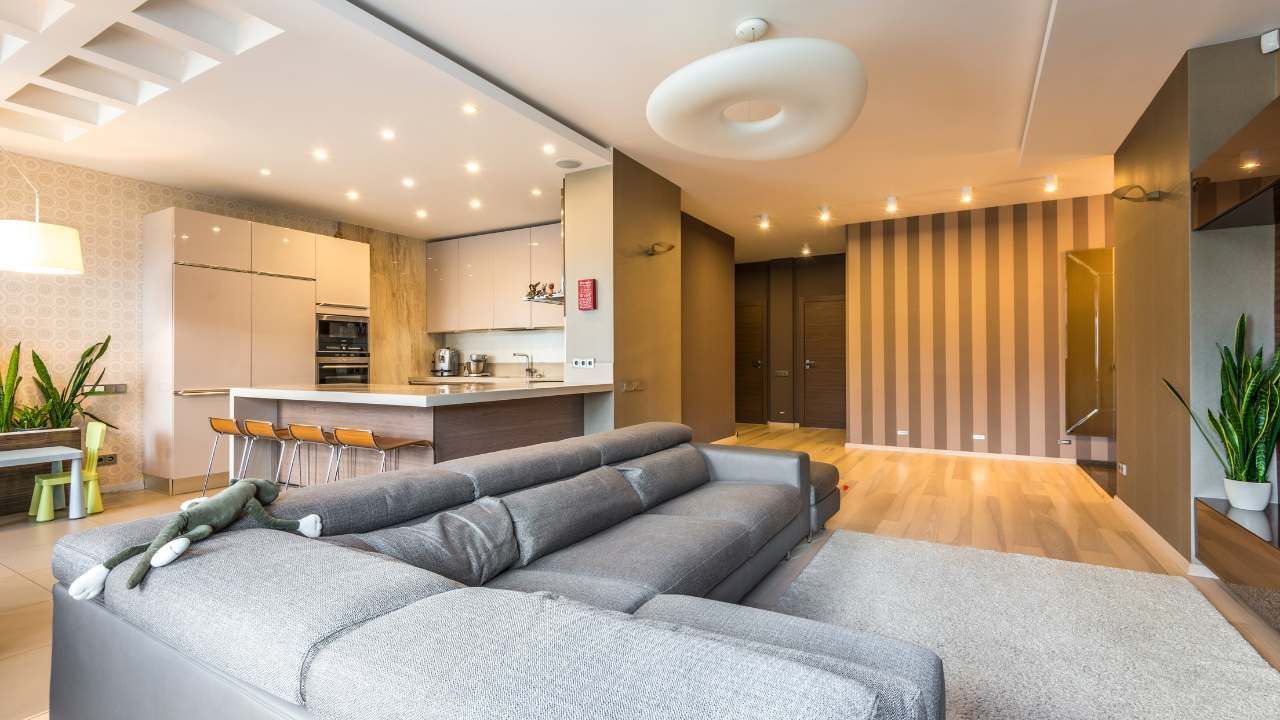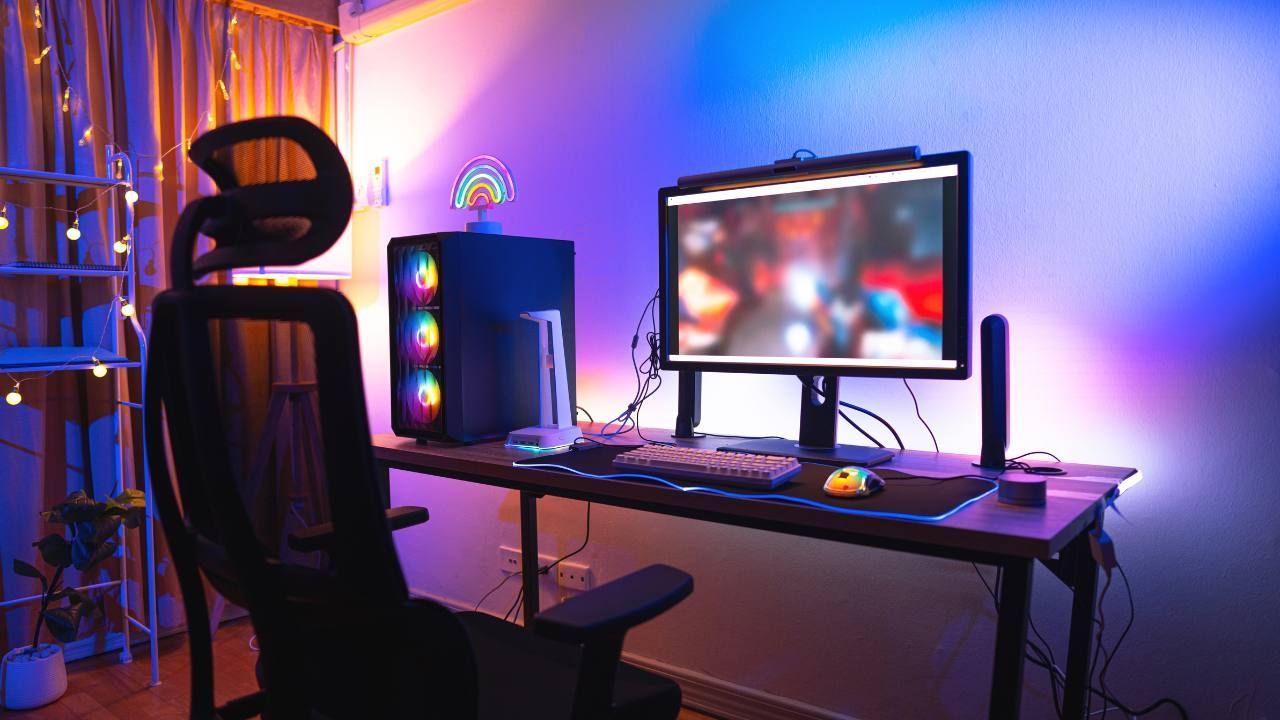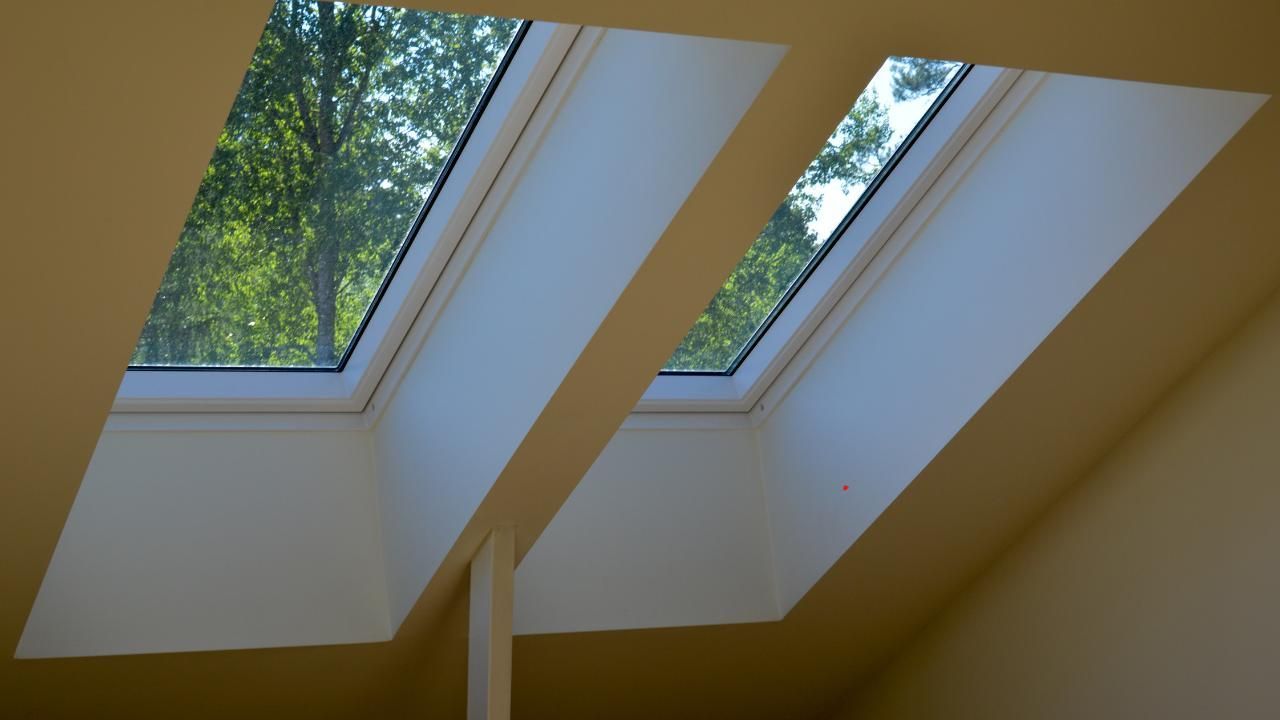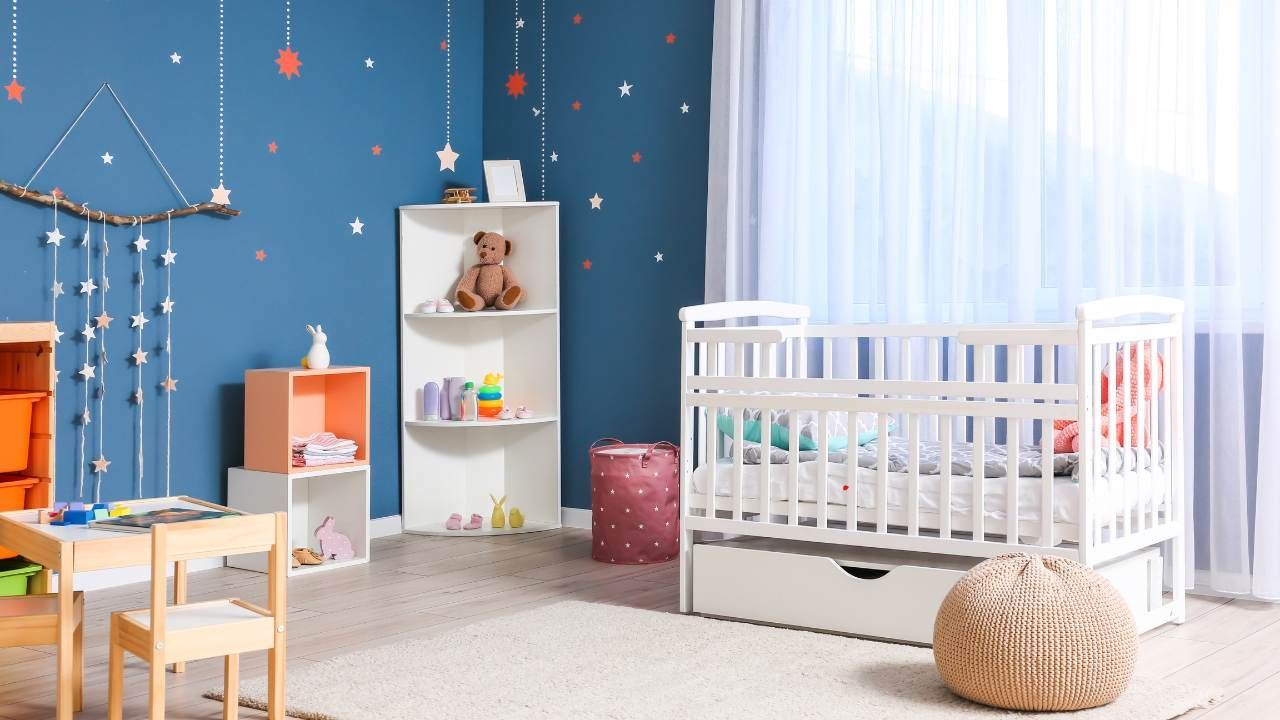How Ceiling Color Affects Lighting in a Room

Ever walked into a room and felt it was brighter, cozier, or even more spacious than you expected? The secret might not just be the lamps or windows—it could be the ceiling color. What many homeowners overlook is how much the ceiling contributes to a room’s overall lighting and atmosphere. This simple design choice can dramatically change the way you experience your living space.
If you’ve been searching for “painting contractors near me,” it’s worth asking them about ceiling finishes. Professionals like Next Step Painting LLC understand how ceilings interact with natural and artificial light, which makes a huge difference in the final result of your interior painting project. Let’s dive into how ceiling colors affect lighting and what choices might work best for your home.
Why Ceiling Color Matters
The ceiling is essentially the “fifth wall” of any room. Light reflects off it just as much as it does off the walls and floor. Because it’s a large, uninterrupted surface, it acts as a bounce board for both daylight and artificial light. The shade you choose will either:
- Amplify brightness and openness
- Create warmth and intimacy
- Balance out bold wall colors
Ignoring ceiling color often leads to rooms that feel flat or mismatched, even if the wall colors are perfect.
Light vs. Dark Ceilings
Light Ceilings:
Whites and soft neutrals are classic choices because they reflect the most light. A white ceiling makes rooms feel taller and airier. This is especially effective in smaller spaces or homes that don’t get much natural light. Pairing light ceilings with pale walls can create a seamless, expansive look.
Dark Ceilings:
Deep colors like charcoal, navy, or even black absorb light instead of bouncing it. While that might sound limiting, it actually creates a cozy, cocoon-like atmosphere. Dark ceilings work beautifully in dining rooms, bedrooms, or media rooms where you want a sense of intimacy. They also help highlight unique light fixtures by drawing the eye upward.
Playing with Undertones
Not all whites or neutrals are the same. A ceiling with warm undertones (think cream or beige) will soften the light and make a room feel inviting. On the other hand, cool undertones (like light gray or blue) give off a crisp, modern vibe. Choosing the right undertone helps balance your existing wall and floor colors.
For example, if your living room has warm wood flooring, a slightly warm-toned ceiling will keep the harmony. But in a modern kitchen with sleek gray cabinetry, a cooler ceiling tone will match the contemporary feel.
Case Study: Transforming a Family Room
A family in Tulsa decided to repaint their family room, which had a dark brown ceiling that made the space feel heavy despite two large windows. Their local painters suggested switching to a soft off-white with warm undertones. The result? Natural light now bounces throughout the room, making it appear twice as large. Even at night, the glow from recessed lighting feels brighter and more inviting. This simple ceiling change turned an underused room into the family’s favorite gathering spot.
Tips for Choosing the Right Ceiling Color
If you’re still on the fence, here are a few guidelines:
- For small rooms: Stick to light, reflective shades to open up the space.
- For high ceilings: Consider a darker tone to visually lower the height and add coziness.
- For statement lighting: Use darker ceilings to make chandeliers or pendant lights pop.
- For consistency: Always test samples with your wall color and lighting at different times of day.
Final Thoughts
Your ceiling is more than a blank canvas—it’s a powerful design tool that can transform the feel and function of any room. Whether you want more light, extra coziness, or a bold design statement, ceiling color plays a starring role.
Ready to explore the impact of ceiling paint in your own home? Reach out to a professional painter who understands how light and color work together to shape your space.
















